Understanding dashboard warning lights in your Opel Grandland is essential for safe driving, as they alert you to potential issues that could lead to accidents or breakdowns.
Ignoring them might result in costly repairs or compromised vehicle performance, so always respond promptly based on the light’s color and meaning. This guide provides a comprehensive list of major lights, categorized by urgency, to help you maintain your vehicle effectively.
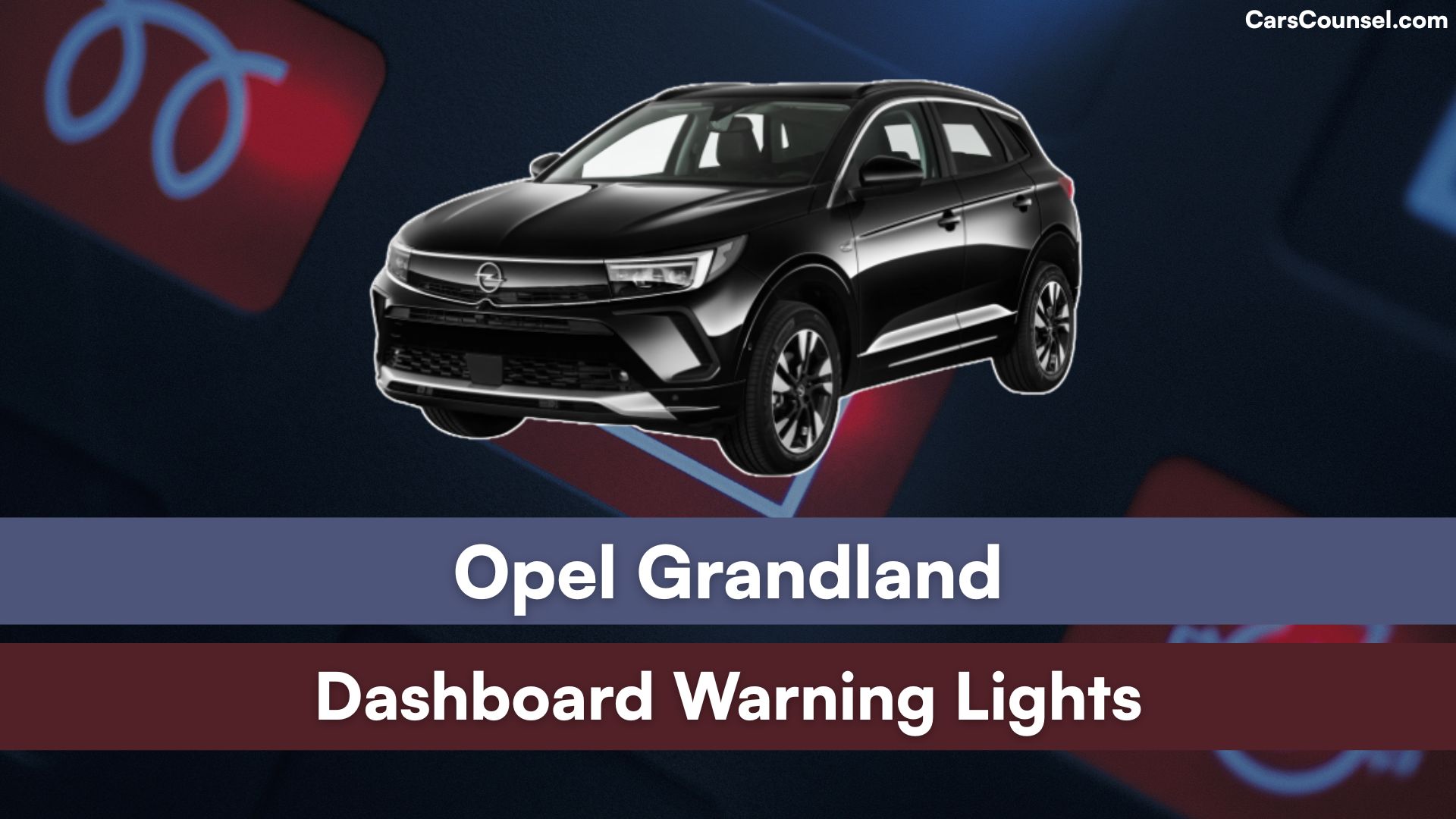
Quick Navigation
Red Warning Lights (Stop Immediately)
Engine Oil Pressure
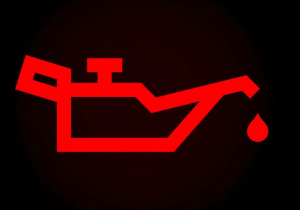
Low oil pressure or overheating. Stop the car immediately, check oil level, and avoid driving until resolved.
Brake System Alert
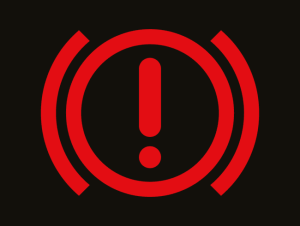
Brake fluid low or hydraulic failure. Park safely and contact a mechanic.
Airbag Fault

Airbag system fault detected. Risk of airbag not deploying. Have inspected by a mechanic promptly.
Seatbelt Reminder
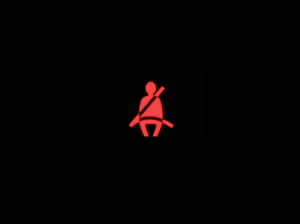
Seatbelt not fastened. Fasten seatbelt immediately for safety.
Door Ajar
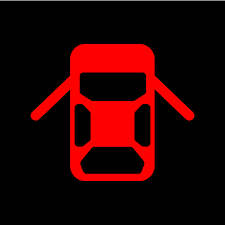
One or more doors are not properly closed. Stop and securely close all doors before driving.
Coolant Temperature
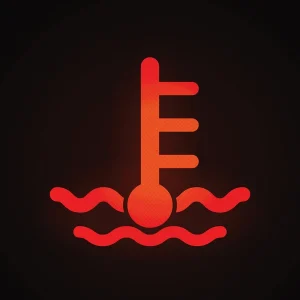
Engine coolant temperature too high. Stop the vehicle to prevent overheating damage.
Battery Charge Warning
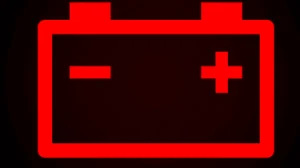
Battery not charging properly. Stop and check the charging system to prevent vehicle stall.
Power Steering Fault
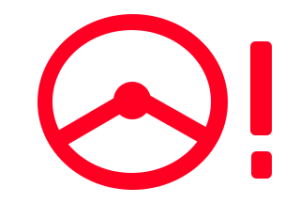
Power steering system malfunction. Steering may be hard. Stop driving and get the system checked.
Brake Pads Worn

Brake pads are worn to unsafe levels. Replace brake pads immediately to maintain safe braking.
Engine Overheat
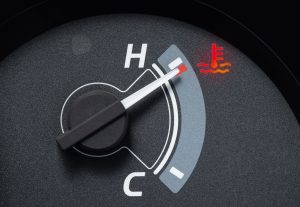
Severe engine overheating detected. Stop immediately and allow engine to cool before checking.
Transmission Fault
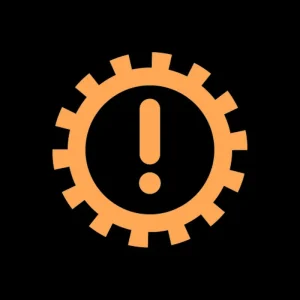
Automatic transmission malfunction. Stop and have transmission checked to avoid damage.
Glow Plug Fault (Diesel models)
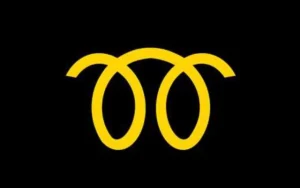
Fault detected in glow plug system. Have service performed before next cold start.
Handbrake Engaged

Handbrake is engaged. Release before driving or risk damage to brakes.
DPF Fault
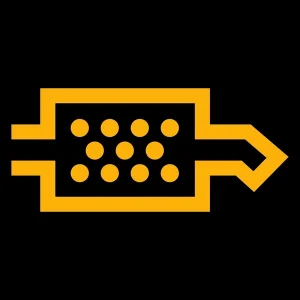
Diesel Particulate Filter malfunction. Have system inspected as soon as possible.
Engine Stop
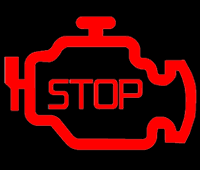
Critical engine fault requires immediate stopping of the vehicle.
Yellow/Amber Warning Lights (Action Required Soon)
ABS Warning
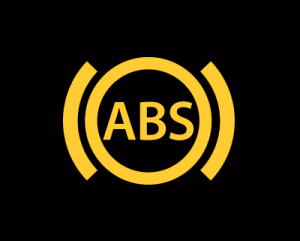
Anti-lock Braking System malfunction. Braking is still possible but without ABS function. Service soon.
Tire Pressure Warning
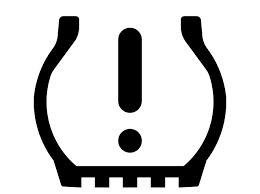
Low tire pressure detected. Check and inflate tires to recommended levels soon.
Engine Check
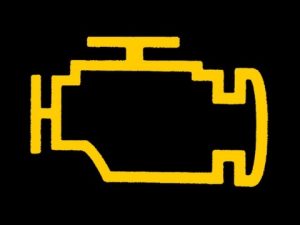
Engine system fault detected. Diagnosis required. Drive cautiously and have checked soon.
ESP/ESC Warning
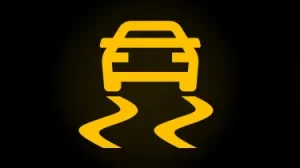
Electronic Stability Program fault or deactivation. Vehicle stability assistance reduced. Service advised.
Service Due
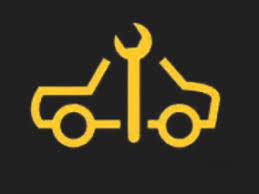
Scheduled maintenance due soon. Arrange service to maintain vehicle performance.
Low Fuel Warning
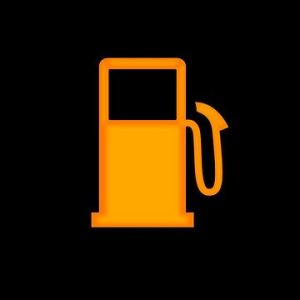
Fuel level low. Refuel promptly to avoid running out of fuel.
Washer Fluid Low

Washer fluid reservoir low. Refill as soon as possible for clear visibility.
Traction Control Fault
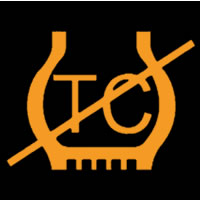
Traction control system fault detected. May affect driving stability. Check system soon.
Lane Assist Warning
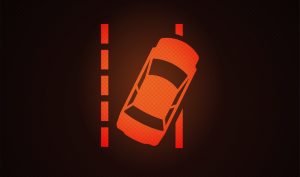
Lane keeping assist system fault or deactivation. Use caution and follow road markings.
Cruise Control Fault
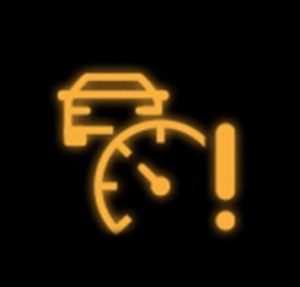
Cruise control system malfunction or deactivation. May require service.
Automatic Lights Fault
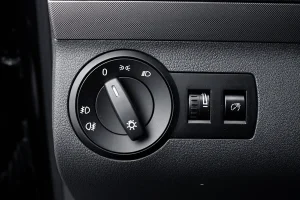
Automatic headlight system fault. Use manual lights until repaired.
Key Battery Low
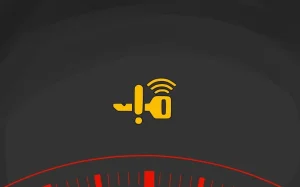
Electronic key battery low. Replace key battery soon to maintain remote functions.
Green Warning Lights (Information Only)
Eco Mode Active
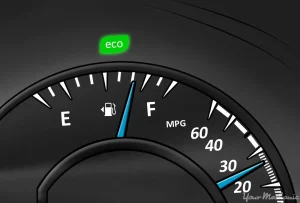
Eco driving mode enabled to optimize fuel efficiency.
Headlights On

Exterior headlights switched on.
Turn Signal
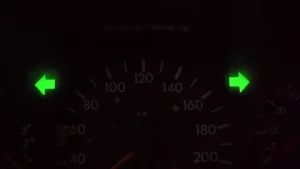
Turn indicators operating in the selected direction.
Fog Lights On

Front or rear fog lights are on.
Parking Sensors Active
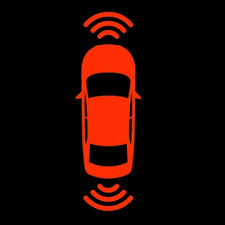
Parking assist sensors are active and detecting obstacles.
Power Steering Active

Power steering system is functioning normally.
High Beam Assist On

Automatic high beam headlight assist is enabled.
Heated Seats
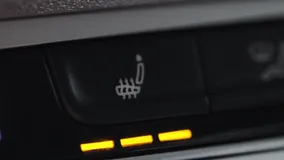
Seat heating system is active.
Engine Start Stop Active
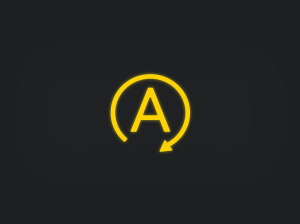
Automatic engine start-stop system is active.
Daytime Running Lights On
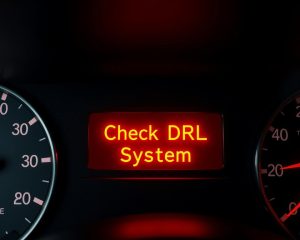
Daytime running lights are switched on for increased visibility.
When looking at Opel, make sure to check out our guides on models like the 1, 2, 3, and 4. Understanding dashboard warning lights is essential. Our expert reviews break down what each light means, highlighting common alerts for these models and what they could signal about underlying issues, so you’re never left guessing behind the wheel.

